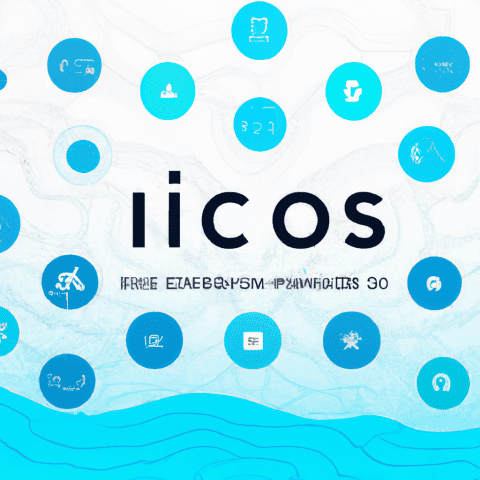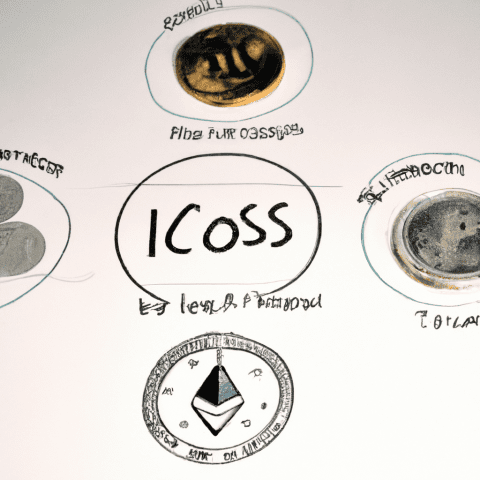In the ever-evolving world of cryptocurrency, Initial Coin Offerings (ICOs) and Initial Exchange Offerings (IEOs) have become popular methods for blockchain projects to raise funds. In this comprehensive guide, we will explore the key differences between ICOs and IEOs, highlighting their pros and cons. Additionally, we will delve into the top ICOs and IEOs to watch out for in 2021, as well as provide updates on the latest ICO and IEO news shaping the crypto funding landscape. With the rise of IEOs in the market, we will also discuss the reasons behind their popularity and what to expect in the coming months in terms of upcoming ICOs and IEOs. Stay tuned for a deep dive into the exciting world of ICOs and IEOs.
1. "Exploring the Differences Between ICOs and IEOs: A Comprehensive Guide"
When it comes to fundraising in the world of cryptocurrency, Initial Coin Offerings (ICOs) and Initial Exchange Offerings (IEOs) are two popular methods that have gained significant attention in recent years. Both ICOs and IEOs allow companies to raise funds by selling digital tokens to investors, but there are key differences between the two that are important to understand.
ICOs are a form of crowdfunding where companies create and issue their own digital tokens or coins in exchange for investment. These tokens are typically sold to the public through a token sale event, often conducted over a specified period of time. ICOs gained popularity due to their accessibility and ability to raise funds quickly, but they also faced criticism for their lack of regulation and potential for fraudulent activities.
On the other hand, IEOs are a newer fundraising method where a cryptocurrency exchange facilitates the token sale on behalf of the project. In an IEO, the tokens are sold directly on the exchange's platform, providing a level of trust and security for investors. The exchange typically conducts due diligence on the project before hosting the token sale, which can help weed out potential scams and fraudulent projects.
One of the main differences between ICOs and IEOs is the level of trust and security they offer to investors. With ICOs, investors have to rely on the project team to handle the funds raised and deliver on their promises. In contrast, IEOs provide a layer of protection as the exchange acts as a middleman and is responsible for overseeing the token sale process.
Additionally, IEOs have the potential to reach a larger pool of investors as they are hosted on popular cryptocurrency exchanges, which can attract more attention and liquidity to the project. On the other hand, ICOs may require more effort in terms of marketing and building trust with potential investors.
In conclusion, both ICOs and IEOs have their own advantages and disadvantages, and the choice between the two will depend on the specific needs and goals of the project. As















